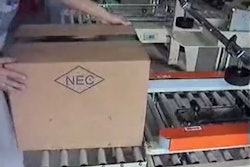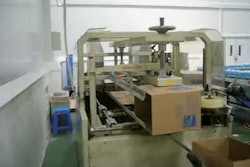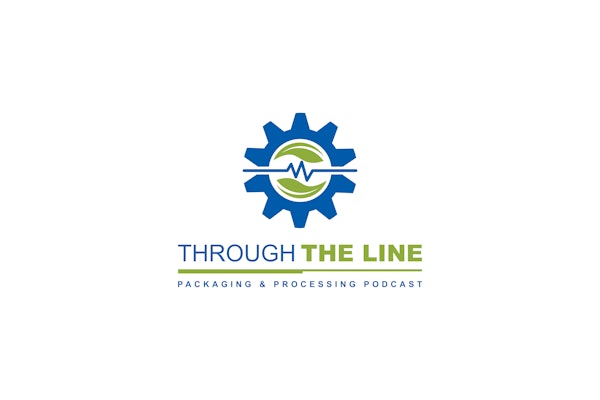I would like to offer my view on the topic of automation platforms, as seen
from the trenches on both sides of the decision.
I worked for 20 years as a Journeyman electrician on shift in several
different industries. Working on instrumentation and controls more than
construction. I spent most of those years answering breakdown calls on
production equipment. Currently I am involved in Sales Engineering with Advance
Products, Inc., manufacturers of case and carton handling automation solutions.
As a "salesman" I embrace the ability to offer an end user customer the controls
equipment they specify. Yet working closely with the Designers, fabricators and
programming staff at Advance Products, I see first hand the added expense of
constantly changing platforms. It brings lost production time, added procurement
costs, and increased labor costs, which are either passed along in equipment
price (not good from the salesman's point of view) or absorbed by the equipment
manufacturer.
Now from the old maintenance man's point of view, I worked 2nd and 3rd shift
for a lot of those 20 years. I know how spotty outside tech support can be.
Working in a medium to large facility, the shift electrician could see two or
three PLC systems and a few other communication protocols in an eight hour
shift. Production is down and you are looking for documentation, communication
software and adapters, or 24-hr help lines to get things back up and running. I
was expected to be familiar with several different versions of PLC software
releases and various manufacturer's equipment as well as twenty different key
combinations for other instruments and small controllers. Sure, there was
training to help me in all of this, but as they say, "If you don't use it you
lose it." On any given break down call you have supervision and production that
have to wait while you pull out the book to work on something you haven't seen
in six months.
Now back to today. While it is an inconvenience to our staff to use a
platform that they are not intimately familiar with, we have the luxury of
time—not a lot, but at least some—to work things out. The programmers are
brought into the loop at the beginning of the design when non-standard controls
are specified to help the designer understand any potential limitations or, in
many cases, added features that may be involved. These programmers have the
controls early on in the design phase to become familiar with and to work with
the supplier, so that when it comes to operational trials the machine works as
planed.
Yes it is a problem and an added cost, but it is much easier to work on these
programming and communication issues in the work shop and not at 2:AM on the
plant floor with product stacking up around you. In any equipment purchase there
are two bottom lines, one the cost of new equipment and two the life cycle
impact on operations from the new equipment. As a maintenance man I understood
that if the equipment wasn't running it wasn't saving the company any money.

























